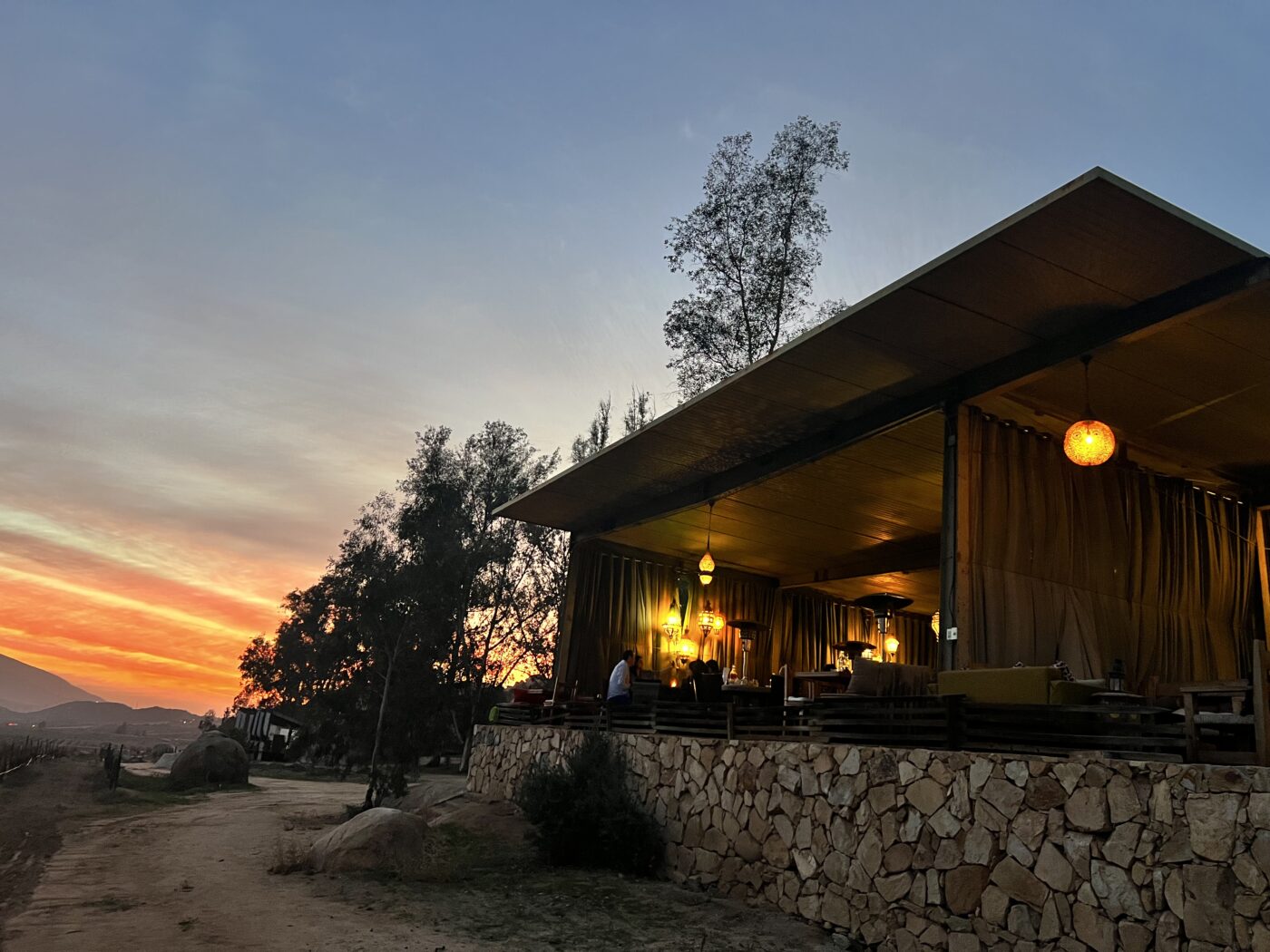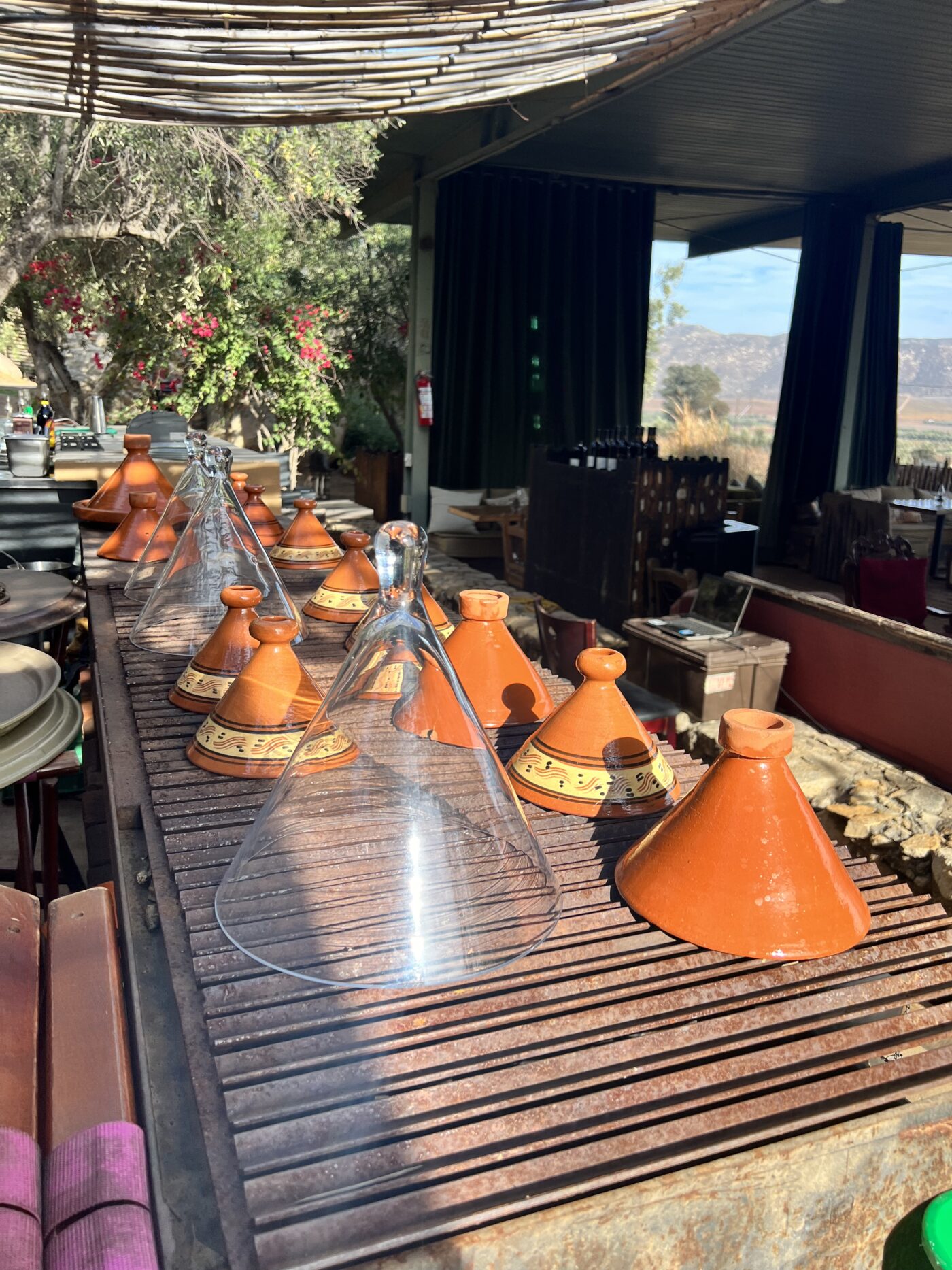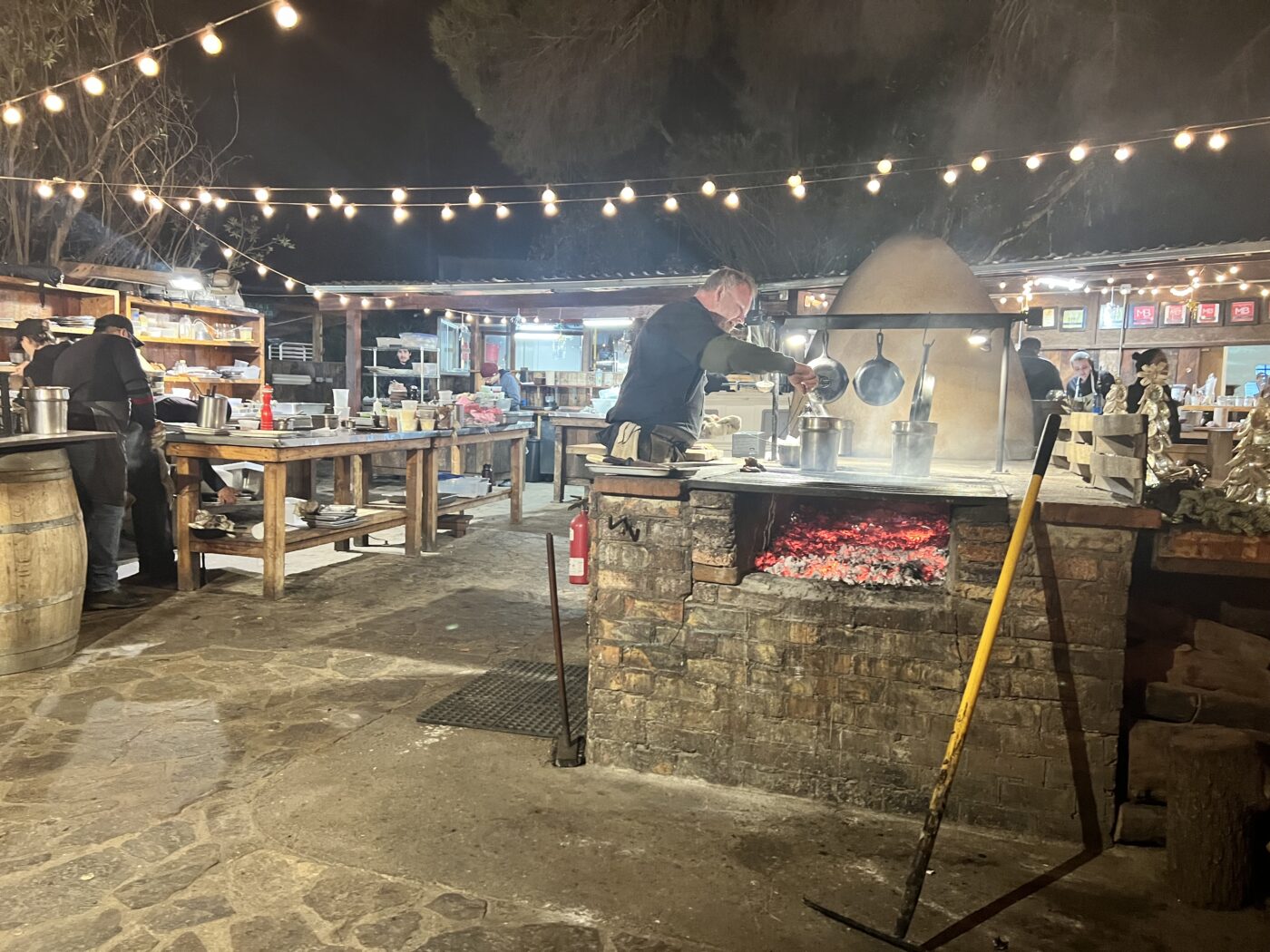MEXICO’S NAPA VALLEY
Valle de Guadalupe is a hidden gastronomical gem just south of the border
One of the secrets of living in San Diego is the advantageous proximity to Valle de Guadalupe, Mexico’s answer to Napa Valley. Just 90 minutes from our door, we have slipped across the border for some amazing cuisine, pretty fine wine and superb vistas. Crossing into Tijuana is easy, and if you have the Sentri card, driving back into the US is a breeze.
On our most recent trip we chose to hug the coast into Ensenada, then head east into Valle de Guadalupe. The entire Baja region is amazing, but a couple days in Valle de Guadalupe can make you feel very far away, very quickly.
Approximately 90% of Mexico’s wine comes from Valle de Guadalupe, and although much of it is still maturing, some great wines are presented at the region’s many gourmet restaurants. And the friendly competition among the 200 wineries bodes well for future vintages.
In the early 1900s, a sect of the Russian Orthodox Church fled Russia over disagreements about the Russian war with Japan and settled in Valle De Guadalupe. Much of their early efforts with grapes went toward brandy, but they soon shifted to winemaking before departing the region. The arid land is at a higher altitude, so temperature swings between day and night are fairly large, ideal for wineries. As the locals moved into the business, winemaking evolved into some of the classic varieties.

In the last decade the region has become known for Chardonnay, Grenache, Cabernet, Nebbiolo, Malbec, Syrah, Tempranillo, Chenin Blanc and Cabernet Sauvignon. We found the Chenin Blanc very appealing, but with hundreds of wineries still to go, our “research” is not complete.
The food, as you’d expect, or at least hope, in a wine region is really good. This visit, we enjoyed a few excellent meals, twice at Deckman’s and the other at the only Moroccan restaurant around.
Deckman’s is essentially open air. In late December, we were happy to have a portable heater at our feet, brought by the helpful staff. The menu was different both times we visited. The chef, Drew Deckman, has a Michelin Star for his work in Germany. His kitchen is fully outdoors and fueled only by wood. As he likes to say “Remember, daily you vote with your fork! Choose wisely!”
We were especially intrigued with the risotto garnished with sweetbreads and a creamy parmesan sauce. The crudo jurel was piquant and comprised of yellowtail, sea urchin and seaweed. We ambitiously chose the quail, which was grilled perfectly with a crisp skin and a tender pink center.
The rustic setting and open grill kitchen emphasized the restaurant’s declared theme of a “multisensory experience where we are 100% in contact with nature.” The staff was attentive and friendly.

Lunch at Kous Kous Moroccan Bistro was so enjoyable we stayed until sunset. The restaurant’s charming owner Moumen Nouri, who guided us through the afternoon, says he came up with the concept for Kous Kous growing up in Marrakech.
“I always enjoyed our rich Moroccan traditions: the aroma of our slow-cooked tagines, the colors of our murals and rugs, and the sights and sounds in the marketplace. At the same time, I yearned to learn from the west. I listened to international music, learned other languages, and gradually acquired a mindset that helped me to understand and embrace both worlds.”
Moumen had a restaurant in San Diego for a couple of years, but had been looking to make a move to somewhere between Tijuana and Valle de Guadalupe. He eventually found his spot and leverages an impressive farm to table strategy. He designed the restaurant, which opens to an impressive vista across the valley, with traditional Moroccan lamps and other features evoking his homeland.
He brought us several small dishes as starters — the salad of avocado, cherry tomatoes and olives cleansed the palate perfectly. Moumen offers a concise menu of only a half dozen tagines and two grills. We took two of the tagines, chicken and shrimp. The former had a lemon blend of turmeric, ginger and olives that left us speechless. And any fear of overly spicy shrimp was unwarranted — the sharmoula sauce had a complex blend of flavors, derived from parsley, cumin, paprika and lemon.
Moumen reminded us that Morocco was the first government to recognize the newly-independent United States, before insisting we finish with Moroccan chocolate and stuffed dates. The hot mint tea was perfect, poured from on high in keeping with tradition.
For more information on these splendid eateries: Deckman’s and Kous Kous
Brad Auerbach is our West Coast Editor









